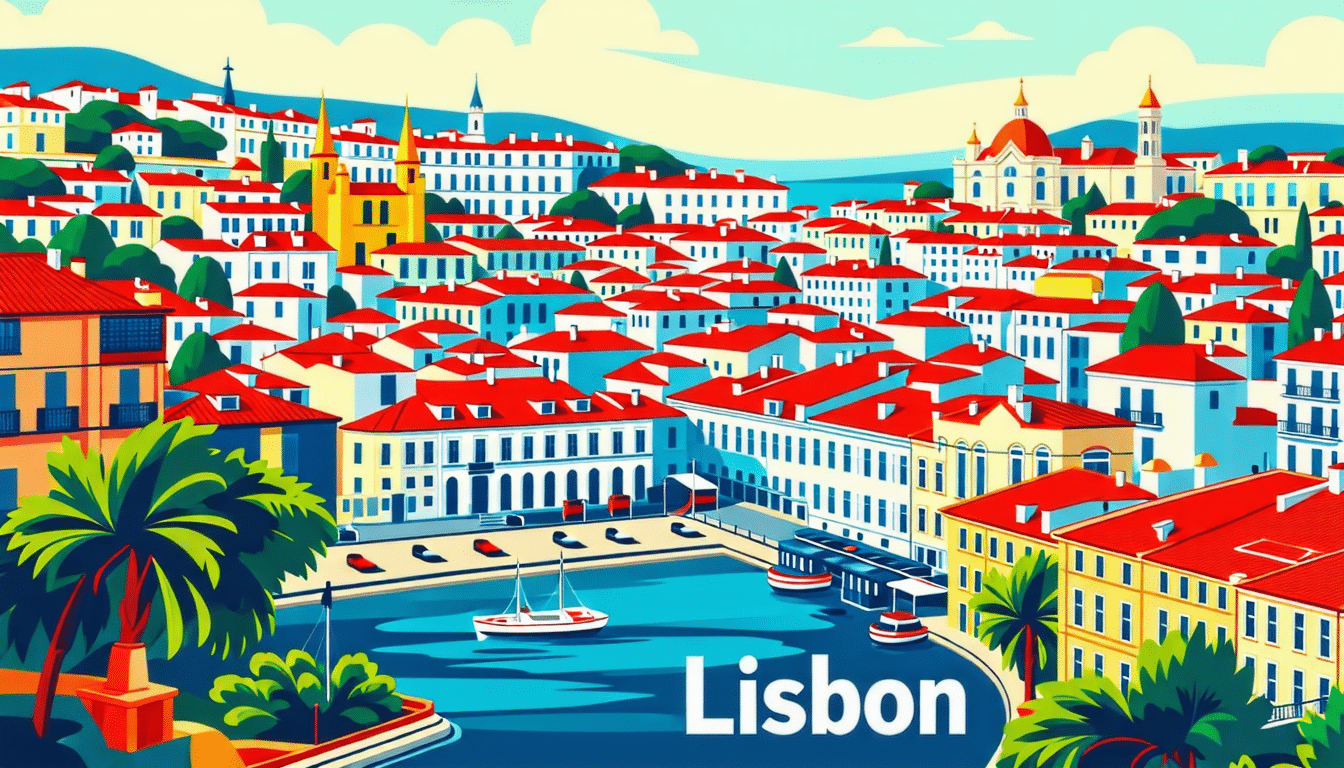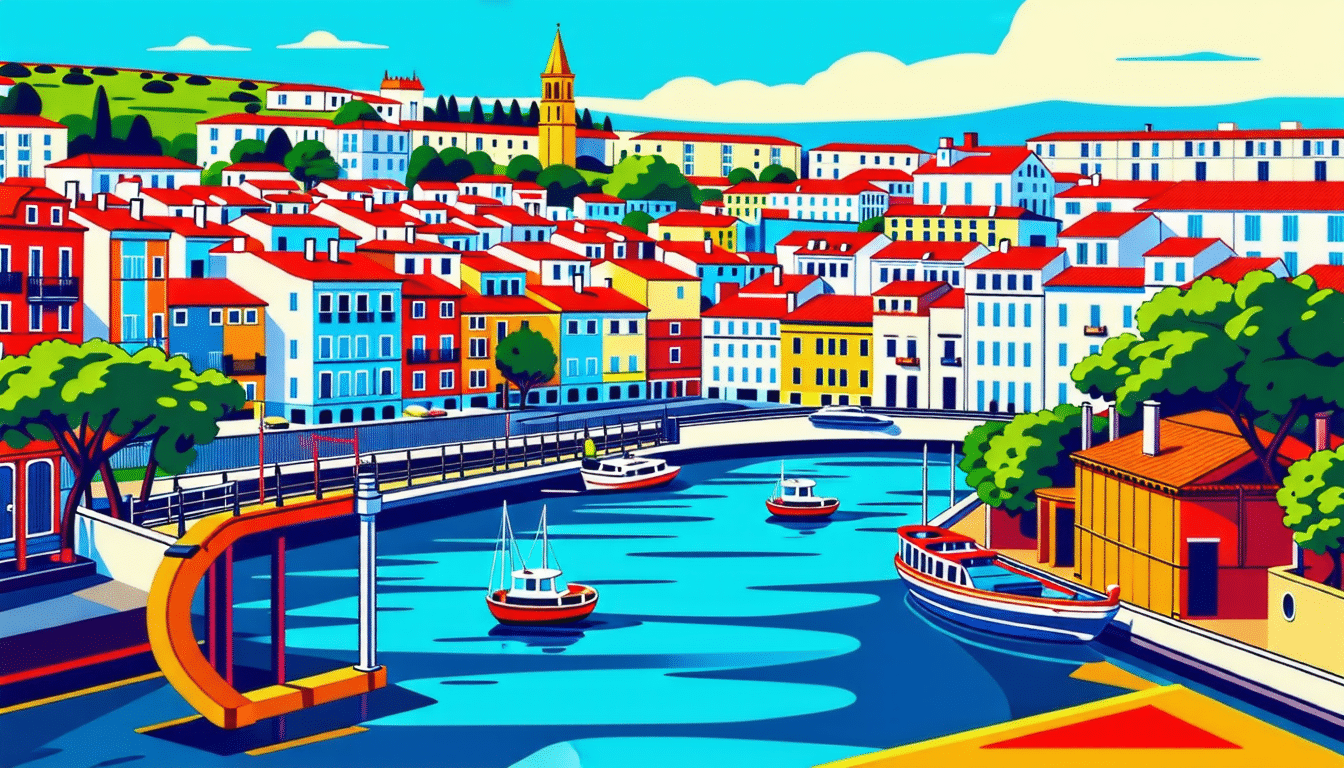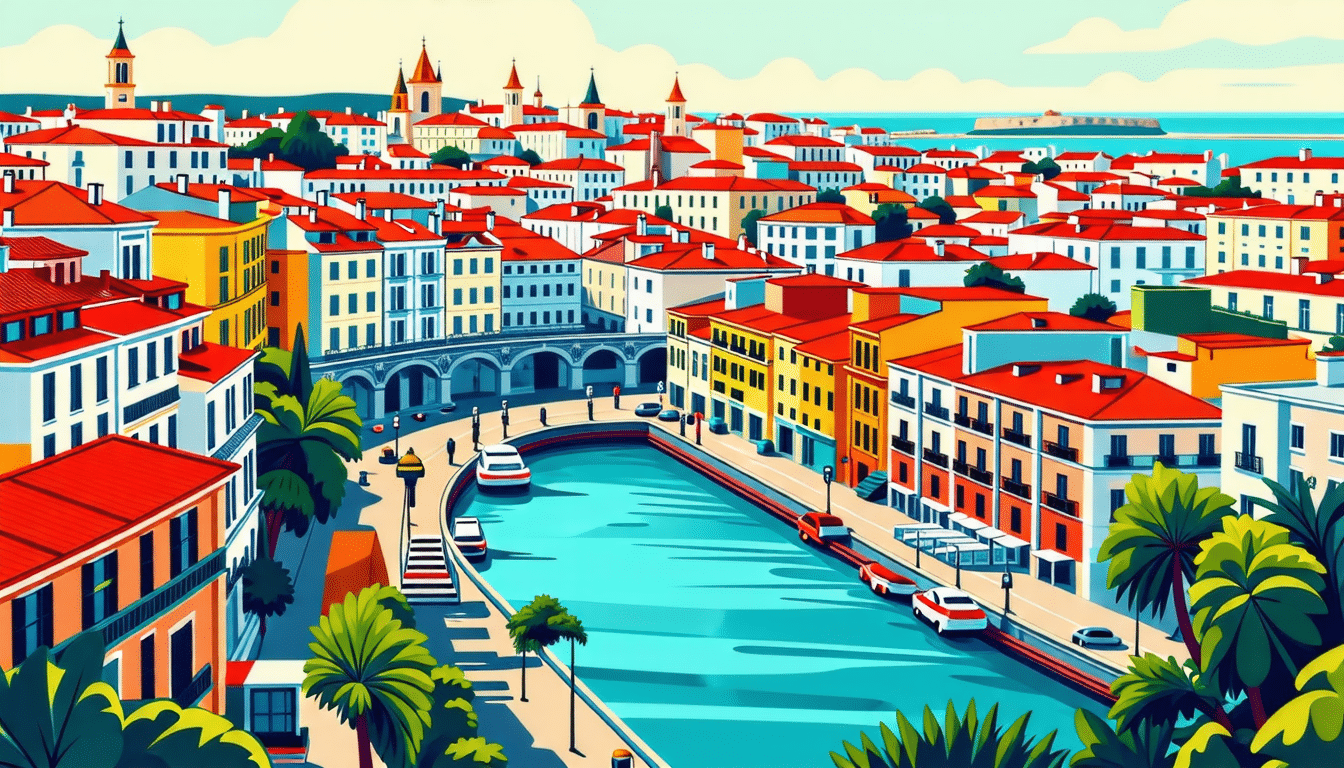IN SHORT |
| 📉 Impact of mass tourism on Lisbon, leading to a loss of 30% of the local population since 2013 |
| 🚲 Proliferation of tuk-tuks in the picturesque streets |
| 🏢 60% of accommodation converted into tourist apartments |
| 🏘️ Historic neighborhoods become tourist attractions |
| 🌍 Massive influx of foreign tourists in Lisbon |
| 🏠 Expulsion of local residents to the outskirts of the city |
| ⚖️ Laws favoring the liberalization of old rents |
| 🍞 Traditional shops replaced by modern bars |
| 📖 Closure of bookstores and historic stores in favor of souvenir shops |

Lisbon, the pearl of Portugal, attracts streams of visitors every year in search of its unique charm. However, behind this growing popularity lie challenges facing the city. Explore with us the challenges of a Lisbon stifled by its own success.

Impacted by mass tourism, Lisbon is seeing its historic districts transform into tourist areas to the detriment of local residents. Gentrification and forced evictions have led to a 30% loss of population since 2013. Traditional community life is in decline, replaced by tourist apartments and modern bars. The city center is transforming into an amusement park for tourists, with traditional stores closing in favor of souvenir shops. Measures are being put in place to limit the proliferation of tourist rentals and encourage the return of residents, but more robust actions are needed to preserve the authenticity of the city.
Impact of tourism on Lisbon
Lisbon, capital of Portugal, is now known as much for its picturesque streets as for the growing impact of mass tourism. The emblematic tuk-tuks, decorated with bright colors and various patterns, are omnipresent and constantly intersect with the famous tramways, sometimes creating conflicting situations on the narrow cobbled streets leading up to the castle of São Jorge.
View this post on Instagram
The transformation of historic districts
Historic districts like Mouraria, Alfama or Chiado, once symbols of Lisbon authenticity, are today the playgrounds of real estate investors and tourism entrepreneurs. These areas, steeped in history, are seeing their charm dissolve in the face of the proliferation of tourist apartments and the departure of local residents. Since 2013, Lisbon has lost around 30% of its population.
Gentrification and eviction of residents
The economic crisis led the conservative government to adopt laws favoring the liberalization of old rents, leading to numerous evictions. Aggressive tax policies have attracted foreign investors, particularly Chinese, resulting in the rehabilitation and beautification of the city to the detriment of Portuguese residents forced to move to the outskirts.
Community life in decline
Residence in shared buildings and local shops such as old grocery stores are giving way to tourist apartments and modern bars. Community life, once structured around local schools, businesses and neighborhood associations, is slowly but surely dying out, even if the nostalgic diaspora returns every weekend to revive these places.
Downtown Transformation
The center of Lisbon, particularly the Baixa and Chiado districts, increasingly resembles an amusement park for tourists. Traditional stores and cultural institutions are closing their doors, replaced by souvenir shops and international brands. For example, the famous Ferin bookstore, founded in 1840, recently closed despite its historical prestige.
Local measures and resistance
The government has decreed a ban on opening more tourist apartments in certain saturated areas, but the application of these measures remains difficult. The “Return to the Neighborhood” program aims to bring back those who have been forced to leave over the past 15 years, such as Tânia Correia, who hopes to return to live in her original neighborhood despite financial and logistical obstacles.
| 📉 | Loss of 30% of the local population since 2013 |
| 🚲 | Proliferation of tuk-tuks |
| 🏢 | 60% of accommodation converted into tourist apartments |
| 🏘️ | Neighborhoods that have become tourist attractions |
| 🌍 | Massive influx of foreign tourists |
| 🏠 | Expulsion of local residents to the outskirts |
| ⚖️ | Rent liberalization laws |
| 🍞 | Traditional shops replaced by modern bars |
| 📖 | Closure of bookstores and historic stores |
Challenges and potential solutions
Faced with this dilemma, Lisbon must find a balance between preserving its authenticity and managing the tourist influx. Initiatives like restrictions on new tourist rentals and resident return programs are important first steps, but more robust and sustainable measures are needed to protect cultural heritage and local life.









